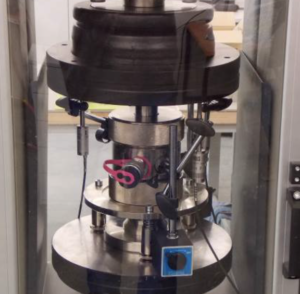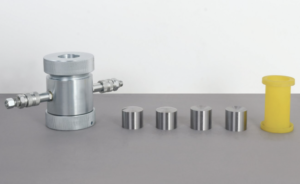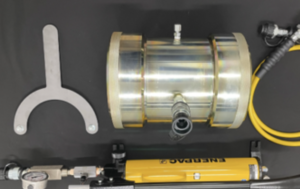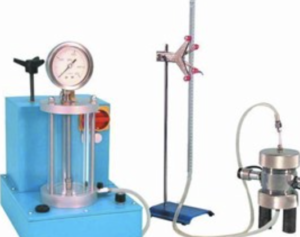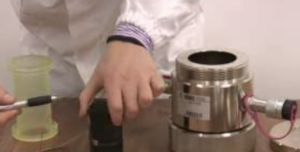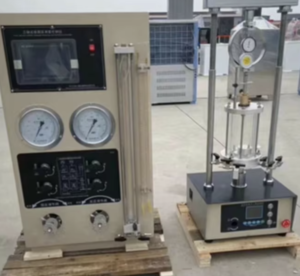As the world races toward cleaner energy sources, biofuels1 are gaining momentum as a renewable alternative to fossil fuels. Yet, not all biofuels are created sustainably—especially when soil health and land use2 are ignored. This is where soil testing3 becomes a vital ally. By understanding the condition and potential of the soil, farmers and energy producers can grow biofuel feedstocks more efficiently, with less environmental harm and greater yield consistency. Let’s explore how soil testing can power a greener biofuel future.
Soil Quality for Biomass Crops
The productivity of biofuel crops—such as switchgrass, miscanthus, corn, and soybean—depends heavily on the physical, chemical, and biological quality of the soil they grow in. Soil testing provides detailed insights into:
- Nutrient availability (N, P, K, and micronutrients).
- pH balance, which affects nutrient uptake.
- Organic matter content, critical for soil fertility and carbon storage.
- Texture and structure, influencing root penetration and water retention.
Example: Ideal Soil Characteristics for Switchgrass
| Soil Property | Target Range | Why It Matters |
|---|---|---|
| pH | 6.0 – 7.5 | Supports optimal nutrient availability |
| Organic Matter (%) | > 3 | Improves moisture retention and root growth |
| Phosphorus (mg/kg) | 15 – 30 | Promotes early root and shoot development |
| Compaction Level | Low | Enhances aeration and deep root penetration |
With this data, growers can select the right crop for the right field, ensuring efficient biomass conversion and sustainable land use.
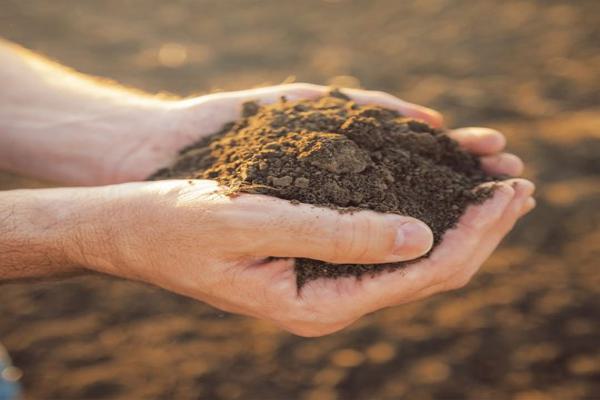
Minimizing Environmental Impact
Biofuel production can strain the environment—through over-fertilization4, soil degradation, or land conversion. Soil testing helps avoid these pitfalls by:
- Preventing nutrient runoff into nearby water bodies.
- Identifying degraded soils5 that require remediation before planting.
- Supporting the use of marginal lands6 instead of converting forests or grasslands.
Environmental Risk Reduction Through Soil Testing
| Risk | Testing Insight | Sustainable Action |
|---|---|---|
| Nitrogen Leaching | N-level analysis | Apply only what’s needed |
| Soil Erosion | Texture and structure evaluation | Use cover crops or no-till practices |
| Acidification | Low pH detection | Apply lime to restore balance |
| Habitat Loss (land misuse) | Land capability assessment | Prioritize underutilized or degraded lands |
By guiding smarter land use and input application, soil testing becomes an environmental safeguard for large-scale biofuel cultivation.

Optimizing Biofuel Crop Growth
The yield of biofuel crops directly impacts their economic and environmental value. Soil testing enables precision agriculture techniques7 that:
- Match nutrient supply with specific crop demands.
- Identify zones within fields for variable-rate fertilizer application8.
- Improve root zone health9 and microbial activity for better biomass accumulation.
Sample: Yield Improvement Through Soil-Based Management
| Crop | Without Soil Testing (tons/ha) | With Soil Testing (tons/ha) | Yield Increase (%) |
|---|---|---|---|
| Miscanthus | 12.0 | 16.5 | +37.5% |
| Switchgrass | 9.5 | 12.8 | +34.7% |
| Corn (for ethanol) | 7.8 | 9.4 | +20.5% |
This level of improvement not only increases biofuel output per hectare, but also reduces the need for additional land.
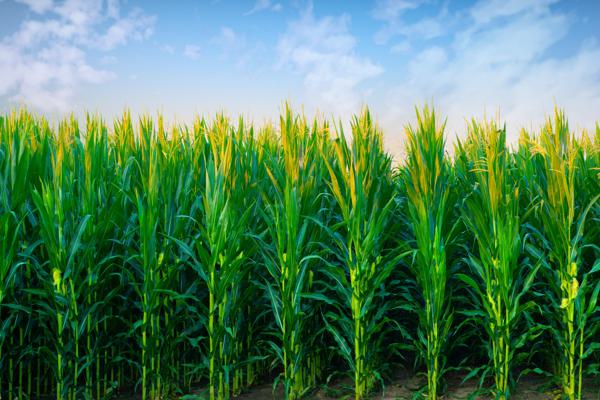
Cost-Effective Biofuel Feedstock Cultivation
Farming biofuel crops profitably requires balancing input costs with harvestable biomass. Soil testing helps make that equation work by:
- Reducing over-application of fertilizers and lime.
- Preventing crop failure due to undetected soil limitations.
- Supporting the selection of low-input crops for nutrient-poor soils.
Input Cost Optimization Example
| Management Method | Input Cost ($/ha) | Yield (tons/ha) | Cost per Ton ($) |
|---|---|---|---|
| Conventional (no testing) | 350 | 10.0 | 35.00 |
| Soil-tested variable-rate input | 280 | 11.5 | 24.35 |
By aligning investments with actual soil needs, producers achieve higher margins and lower environmental footprints.
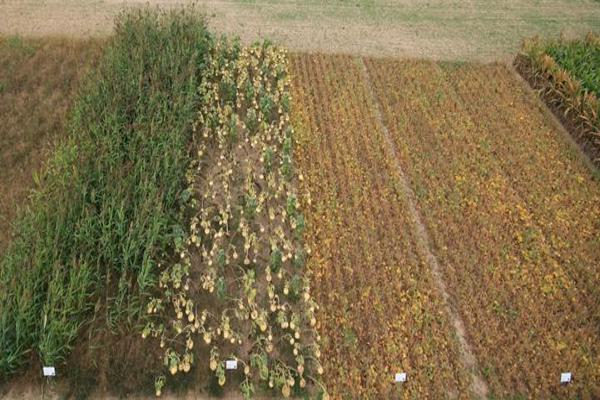
Conclusion
Soil testing holds the key to making biofuel production truly sustainable. From selecting the right land and crops to managing nutrients and minimizing ecological damage, it empowers growers to produce more biomass with fewer resources. As global demand for renewable energy grows, integrating soil testing into biofuel farming practices can ensure that we fuel the future—without depleting the soil beneath our feet.
-
Exploring this link will provide insights into how biofuels can contribute to a sustainable energy future. ↩
-
Understanding this relationship is crucial for sustainable agriculture and biofuel production practices. ↩
-
This resource will help you learn effective soil testing methods to enhance crop yield and sustainability. ↩
-
Understanding the impacts of over-fertilization can help mitigate its effects on the environment and promote sustainable practices. ↩
-
Exploring remediation techniques for degraded soils can enhance agricultural productivity and sustainability in biofuel production. ↩
-
Using marginal lands can reduce environmental impact and promote sustainable land use, making it a crucial topic for biofuel strategies. ↩
-
Explore this link to understand how precision agriculture can enhance crop yield and sustainability. ↩
-
Learn about variable-rate fertilizer application to see how it optimizes resource use and boosts crop productivity. ↩
-
Discover the significance of root zone health in agriculture and its impact on overall crop performance. ↩

